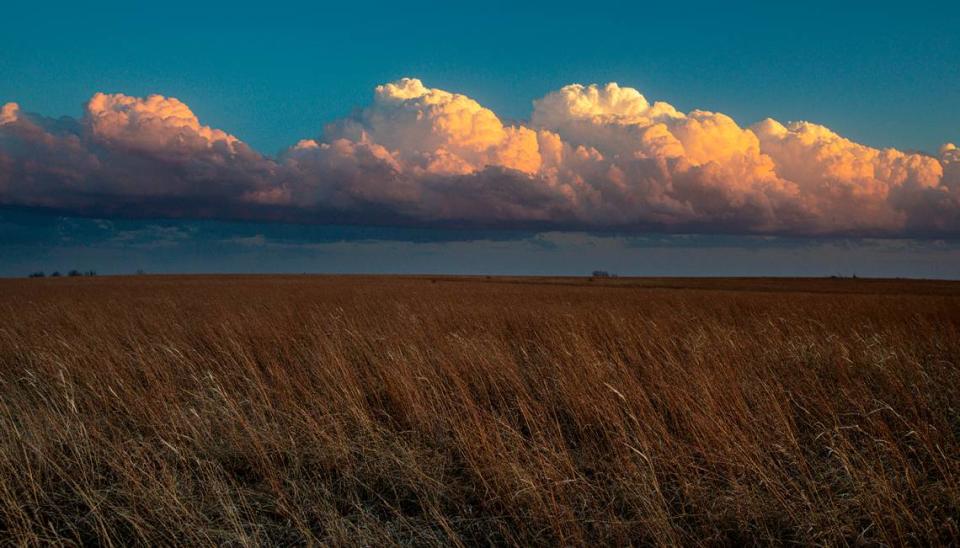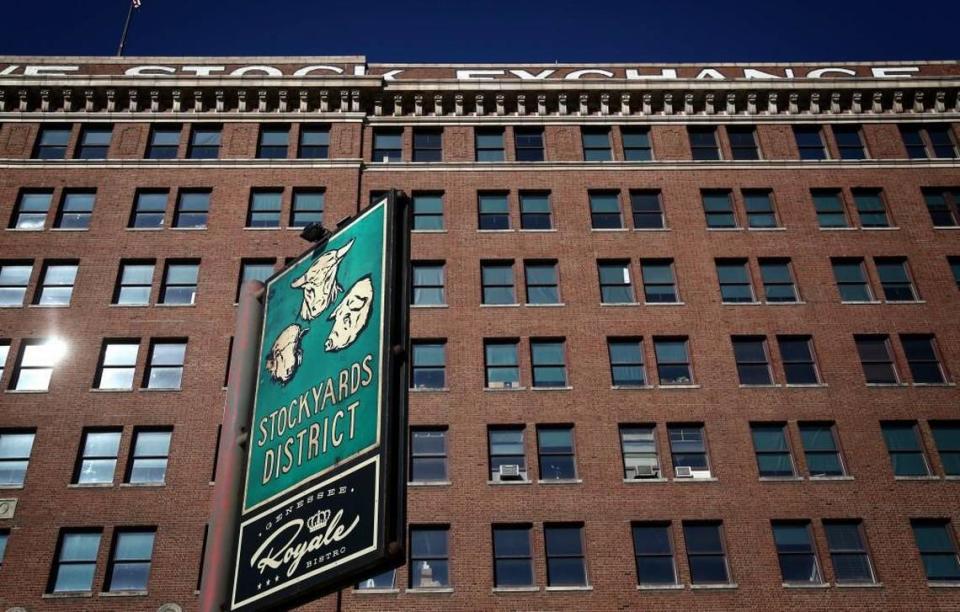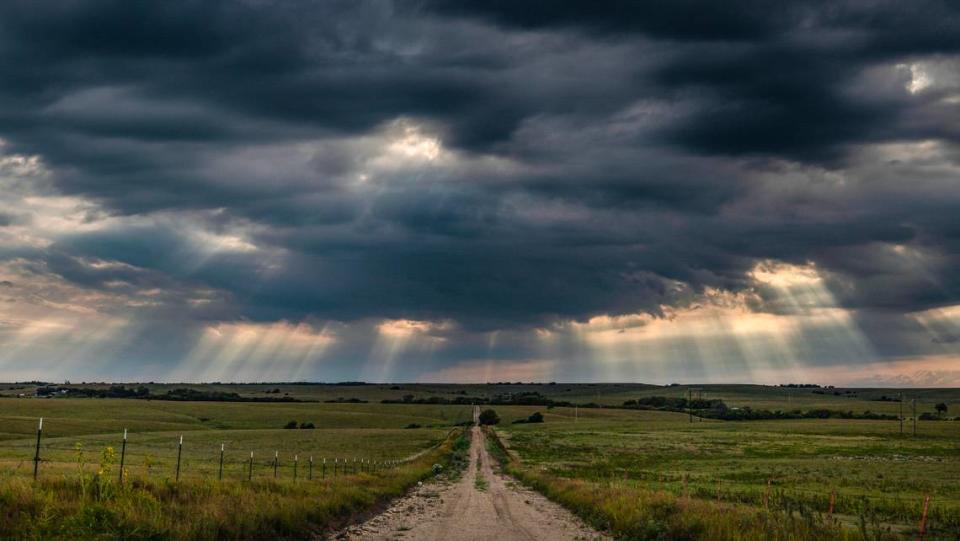Thick smoke slows traffic along Interstate 35 through the Kansas Flint Hills every spring when farmers set fire to the prairie so that the grass will grow thick and tall again on millions of rolling acres that have changed little since herds of wild bison roamed where now beef cattle graze.
Bill Haw Sr. remained awed by the majesty of the land. He acquired thousands of acres for his feed business and that of National Farms, the major agricultural company he ran for thirty years.
“You can’t look at this without saying, ‘My God, that’s beautiful,’” he told a local historian at his Crocker Springs Ranch in Chase County a few years ago.
At the time, he was preparing to sell 14,000 acres he owned in the Flint Hills with perpetual easements to preserve the land as it had been for centuries. If a buyer wanted to build an additional house, it could not be visible from the highway.
“I don’t want it to be perfect and pristine for the rest of my life, but forever,” Haw told a Wichita Eagle reporter in 2021.

The 85-year-old Kansas City businessman died Thursday, son Bill Haw Jr. said. However, his gift to future generations of travelers through the Flint Hills was not his only legacy. Haw Sr. was also synonymous with the West Bottoms area of Kansas City, owning the Livestock Exchange Building and developing the real estate surrounding it.
He was born in Bonne Terre, Missouri. His father was a doctor and his mother, a nurse and artist. He graduated from the University of Missouri with a degree in English Literature and served in the Army for two years immediately after college.
After his service, Haw began working toward a master’s degree in finance to secure a high-paying job, but failed to earn a degree when Commerce Bank in Kansas City hired him midway through the courses. He quickly rose through the ranks and by his mid-30s was executive vice president.
He left banking in the early 1970s when shareholders of a nearly bankrupt agricultural company convinced him to become president of the National Alfalfa Dehydrating and Milling Co. Haw ran National Farms, as it was later renamed, for three of Fort’s four Bass brothers. Worth, Texas, while also amassing a significant amount of real estate of his own.
By the time Sid, Lee and Ed Bass sold the company in 2002, National Farms was one of the top 10 livestock feed companies in the country.


Haw and his wife Maggie purchased the Livestock Exchange Building from National Farms and spent more time in the Flint Hills. One of his proudest achievements was removing 30 miles of fencing to accommodate his growing cattle grazing business, regaining the wide-open feel that was lost when the land was divided into sections surrounded by barbed wire for smaller cattle ranchers.
“You can’t look at the Flint Hills in small pieces,” he told the Eagle. “It has to be as far as you can see to fully appreciate it.”


The Haws also helped revitalize the town square in Cottonwood Falls by restoring several historic buildings in that Chase County town, while also restoring the Hotel Frederick in Boonville, Missouri.
All the while, Haw remained committed to revitalizing the West Bottoms by developing land around the Livestock Exchange Building in an area he called the Stockyards District. His goal, he told a Star reporter in 2011, was to transform that once-abandoned Kansas City neighborhood — the Kansas City cattle ranches finally closed in 1990 after decades of decline — into a citywide attraction that was “attractive, approachable and safe’.
That transformation is now in full swing and, according to his family, is proof of his vision and perseverance.
No funeral has been planned in accordance with Haw’s wishes.







